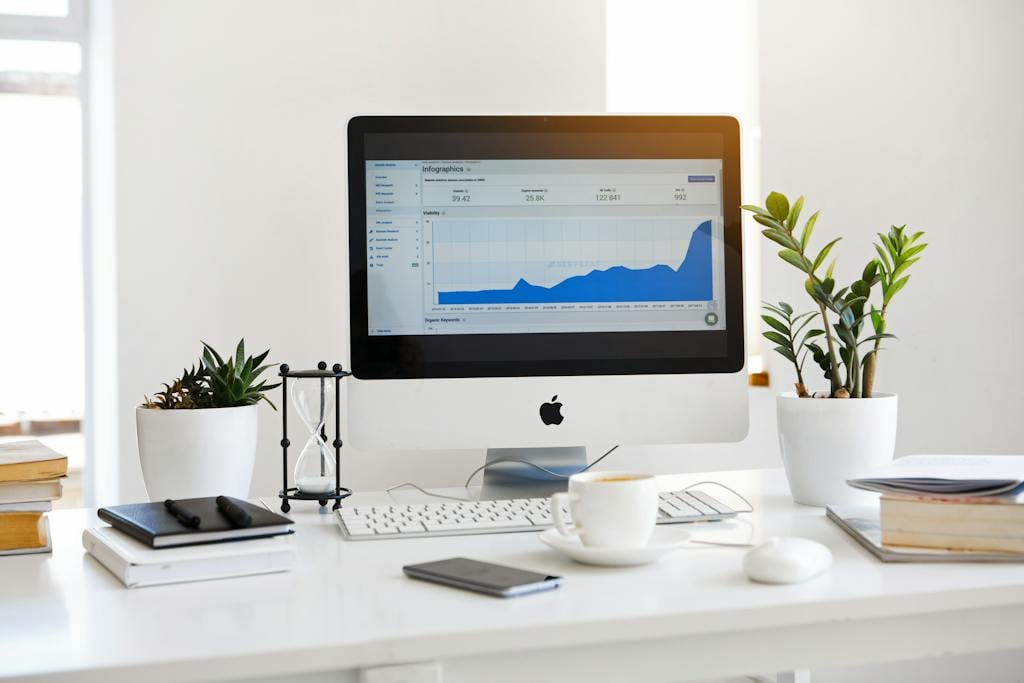Pakistani Education System (Insights and Lessons for Improvement)
Introduction:
Education serves as the cornerstone of societal development and progress, shaping the future of nations and empowering individuals to achieve their full potential. In Pakistan, the education system plays a critical role in shaping the country’s socio-economic landscape. However, despite significant investments and efforts to improve educational outcomes, Pakistan continues to face formidable challenges in ensuring equitable access to quality education for all its citizens. To gain deeper insights and identify potential areas for improvement, it is essential to undertake a comprehensive comparative analysis of the Pakistani education system with international models. In this article, we will delve into the infrastructure, educational institutions, and overarching framework of the Pakistani education system in comparison to international standards, drawing lessons and insights for enhancing educational outcomes.
Infrastructure and Educational Institutions:
Infrastructure forms the backbone of any education system, providing the physical and logistical support necessary for effective teaching and learning. In Pakistan, while there have been commendable efforts to enhance educational infrastructure, significant disparities persist across different regions and socio-economic strata. Urban centers often boast well-equipped schools with modern facilities, while rural and remote areas face chronic deficiencies in basic amenities such as clean water, electricity, and sanitation facilities. These infrastructure deficits not only impede the learning environment but also contribute to high dropout rates and disparities in educational outcomes.
In contrast, international models such as those found in developed countries like Finland, Singapore, and Canada prioritize infrastructure development as a fundamental pillar of educational excellence. Educational institutions in these countries are characterized by modern classrooms, libraries, laboratories, and technology resources designed to foster interactive and engaging learning experiences. Moreover, sustainability and environmental consciousness are integrated into infrastructure planning, ensuring that schools provide a conducive environment for holistic development.
Pakistani Education System:
The Pakistani education system comprises various tiers, including primary, secondary, and tertiary education, overseen by federal and provincial authorities. However, despite the existence of a formal education structure, numerous challenges persist, hindering the system’s effectiveness in delivering quality education to all segments of society. One of the primary concerns is the inadequacy and inequity in curriculum standards, which often lack relevance to real-world applications and fail to promote critical thinking and problem-solving skills among students.
In comparison, international models emphasize a learner-centric approach with flexible and interdisciplinary curricula designed to adapt to evolving societal needs and technological advancements. For example, Finland’s education system prioritizes holistic education, focusing on creativity, collaboration, and lifelong learning rather than rote memorization and standardized testing. Similarly, countries like Singapore emphasize the importance of 21st-century skills such as communication, collaboration, and digital literacy, preparing students for success in a rapidly changing global economy.
Another significant aspect of the Pakistani education system is the quality of teaching and learning in educational institutions. Despite the presence of dedicated educators and professionals, challenges such as inadequate teacher training, low morale, and limited resources undermine teaching quality and student engagement. Furthermore, the absence of comprehensive teacher evaluation mechanisms and professional development opportunities exacerbates these challenges, hindering efforts to enhance educational outcomes.
In contrast, international models prioritize teacher empowerment and professional development as critical factors in driving educational excellence. Countries such as Finland and Canada invest significantly in teacher training programs, mentorship initiatives, and continuous support systems to equip educators with the necessary skills and knowledge to excel in their roles. Moreover, these countries emphasize collaborative teaching practices and peer learning networks, fostering a culture of innovation and excellence in education.
Lessons and Insights:
Analyzing the Pakistani education system through a comparative lens offers valuable lessons and insights for improvement. One key takeaway is the importance of investing in infrastructure as a catalyst for educational development. By prioritizing infrastructure projects and ensuring equitable distribution of resources, Pakistan can create an enabling environment conducive to learning and academic achievement, particularly in underserved communities.
Furthermore, international models underscore the significance of curriculum reform and teacher empowerment in driving educational excellence. Pakistan can learn from countries that have successfully revamped their curricula to align with global standards and foster critical thinking, creativity, and innovation among students. Additionally, investing in teacher training programs, mentorship initiatives, and peer collaboration can enhance teaching quality and student engagement, leading to improved educational outcomes across the board.
Conclusion:
In conclusion, comparing the Pakistani education system with international models provides valuable insights and lessons for enhancing educational outcomes. By addressing infrastructure deficiencies, reforming curriculum standards, and empowering teachers, Pakistan can move towards building a more inclusive, equitable, and effective education system. However, achieving meaningful reform requires sustained commitment from policymakers, educators, communities, and stakeholders to prioritize education as a fundamental driver of social and economic progress. Through collaborative efforts and evidence-based strategies, Pakistan can strive towards excellence in education and ensure a brighter future for its youth.





